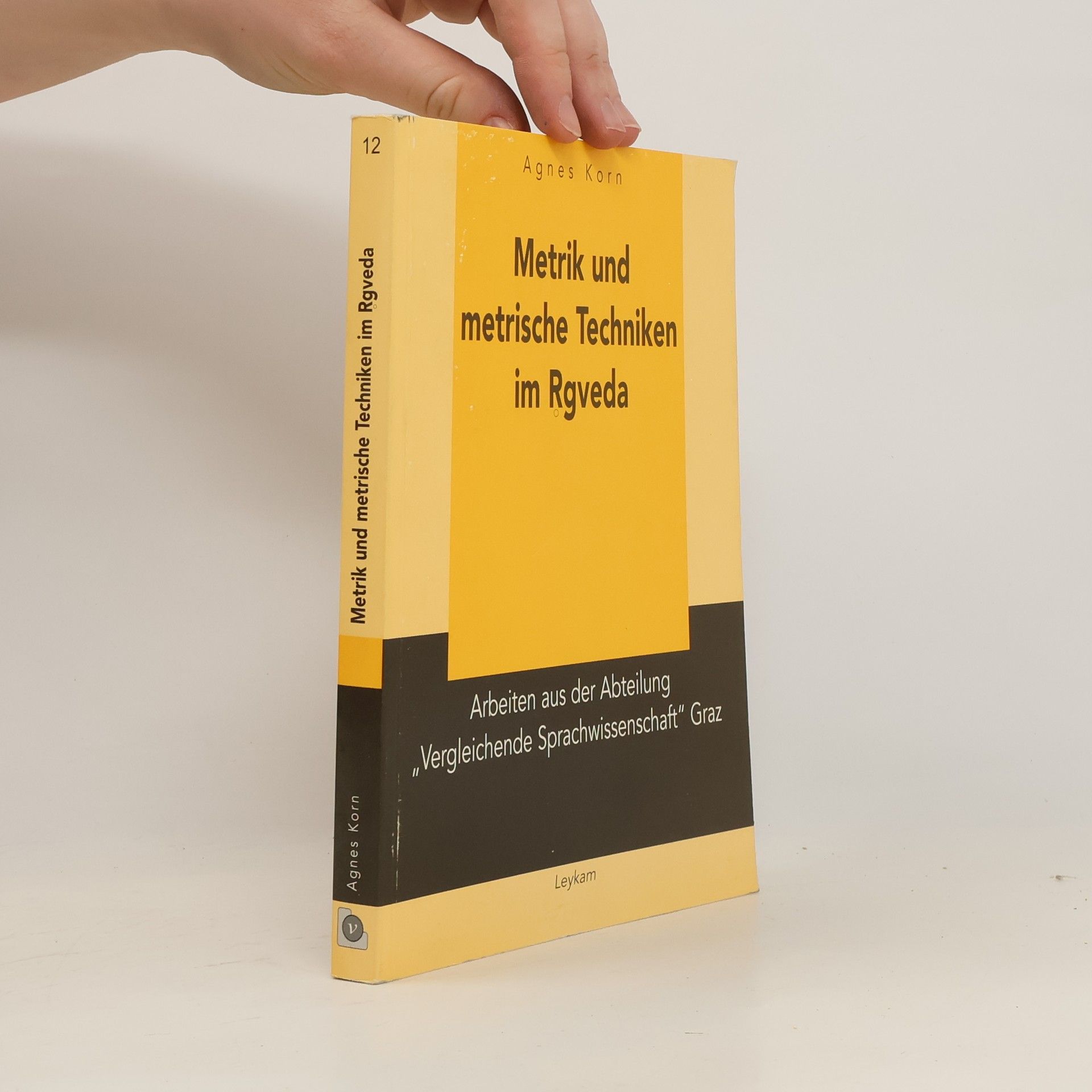Metrische und linguistische Fragen zum Rigveda, der ältesten aus Indien überlieferten Dichtung, sind Inhalt dieses Bandes. Dichter des Rigveda verwendeten beim Verfassen einer neuen Hymne Material aus bereits vorhandenen eigenen oder fremden Hymnen, deren Versmaß dem der neuen Hymne angepaßt wurde. Es werden nun die Mittel untersucht, die diesem Zweck gedient haben können. Beigegeben sind eine Einleitung über die Forschungsgeschichte der indogermanischen Metrik, ein Appendix über die im Rigveda vorkommenden „Ableitungskomposita“ und ein Index.
Agnes Korn Bücher
